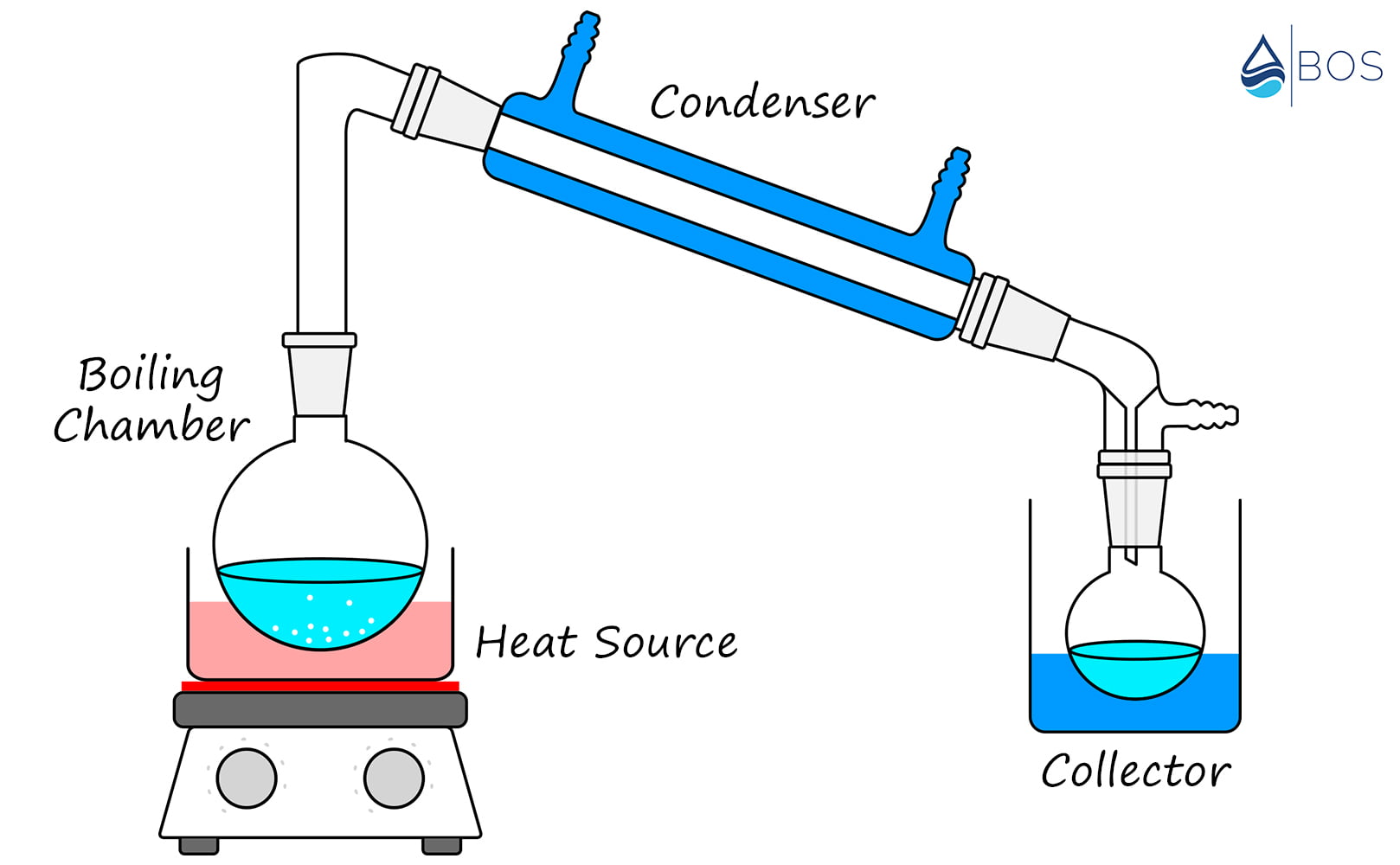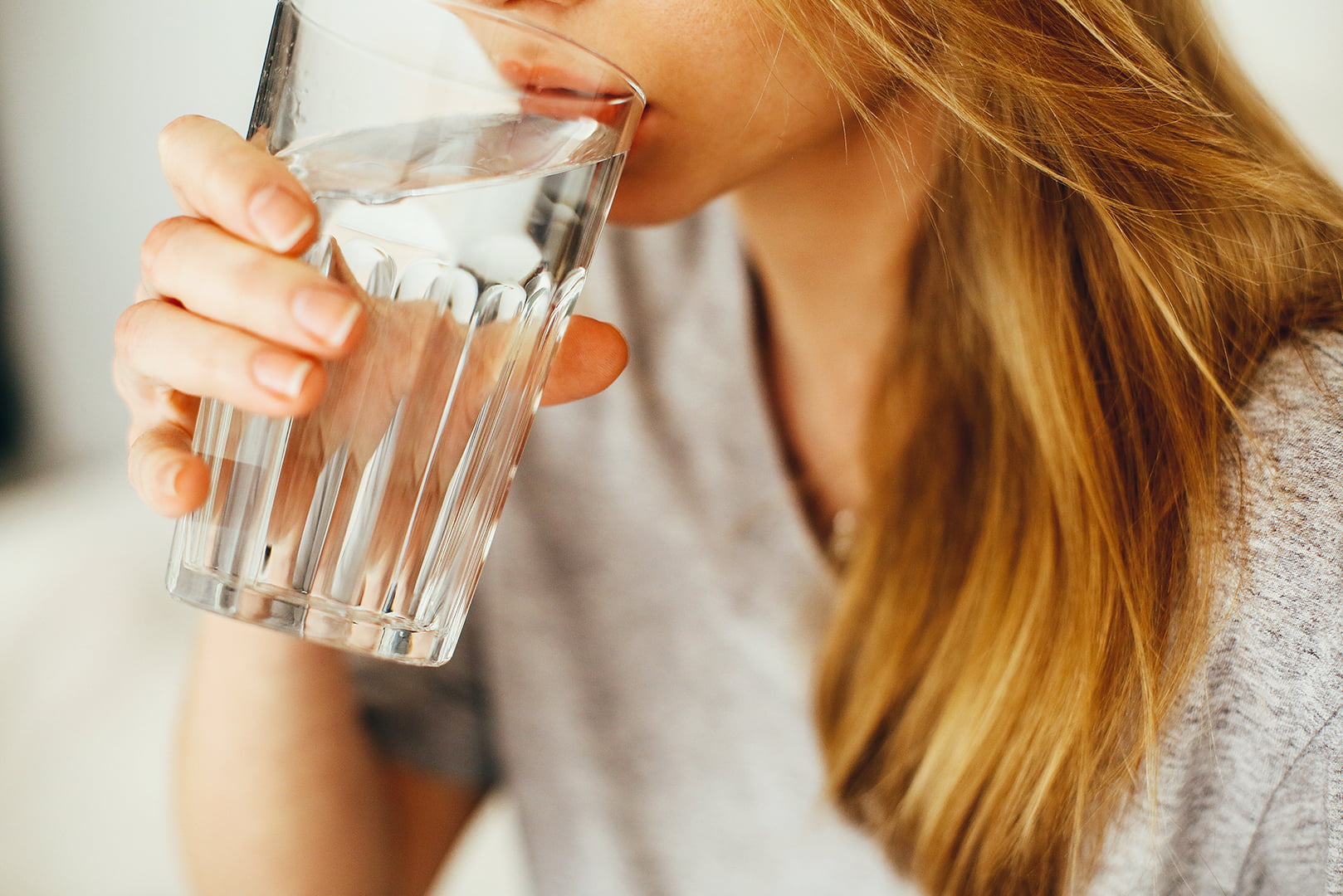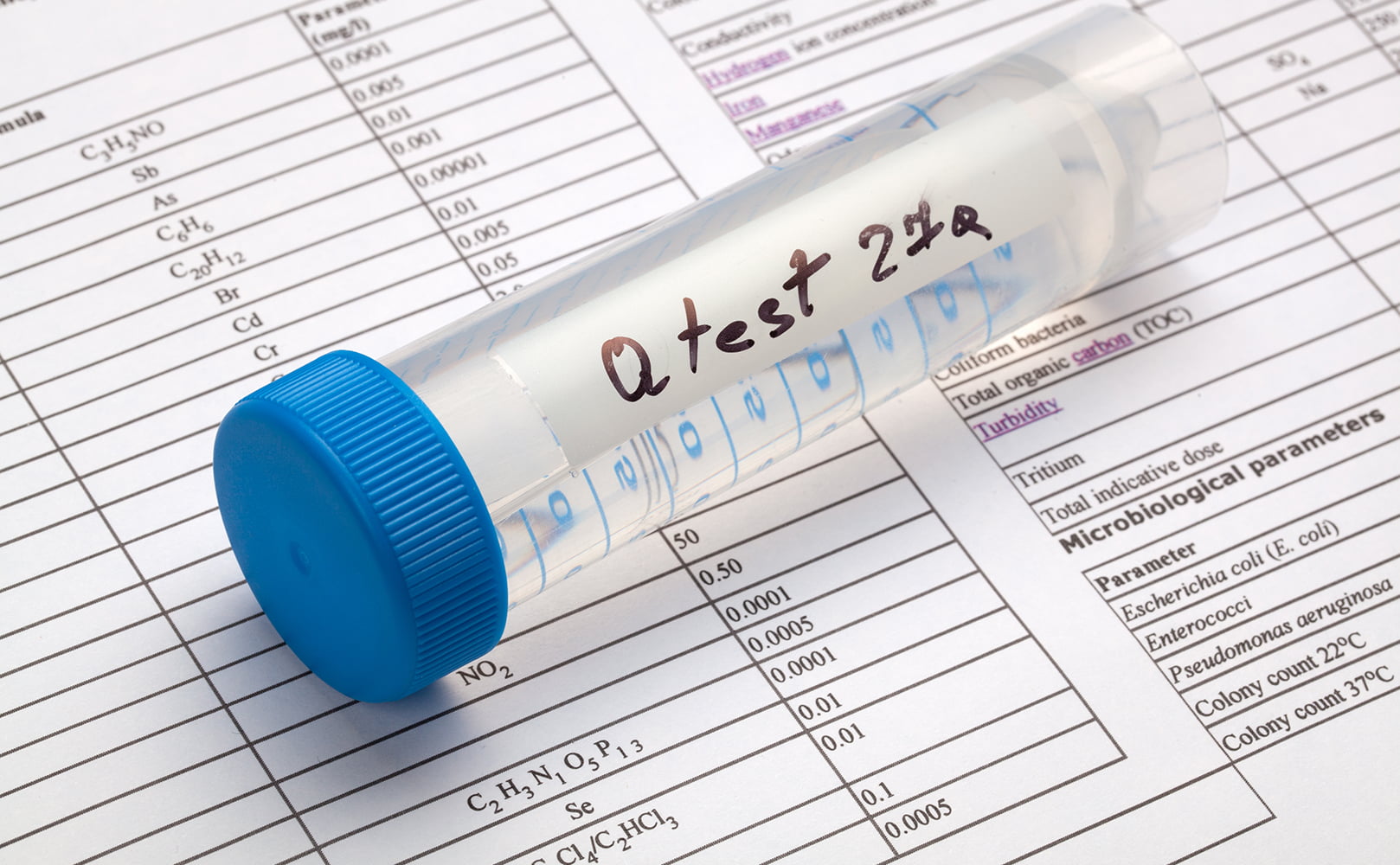Does Distillation Remove Lead from Water?
Written by: Gene Fitzgerald // Last Updated: Aug 15, 2023
This page may contain affiliate links. If you buy a product or service through such a link we earn a commission at no extra cost to you. Learn more.
Many US citizens are concerned about the contaminants in their home water. Some only affect water taste and color, while others can lead to various health problems.
Thus, homeowners turn to several water treatment solutions, distillation being one of them.
Water distillation reduces close to 100 percent of commonly found contaminants. But how exactly does the process work, and does distillation eliminate lead from water?
Key Takeaways
- A proper distillation process gives you the purest of water and is effective at removing lead.
- Properly distilled water is about 99.99% pure.
What Is Distillation?
Distillation is an effective way to treat water for commercial and household usage.
First, water is boiled in a container. When the water evaporates, steam leaves the boiling chamber behind and moves towards the cooling tubes. In the tubes, the steam condenses and is collected in a second container which stores nothing but purified water.
All water impurities accumulate in the first chamber and can be removed after the process.
Using water distillers is pretty easy, and they don’t require much maintenance either. The primary elements of all home water distillers include:
- A boiling chamber
- A heating element
- A condenser
- A water collector
How a Water Distiller Works
Again, here’s how using a home water distiller works, step by step:
- You pour feed water into the boiling chamber and turn on the heat source.
- The water begins to warm up. At 212 °F, it reaches its boiling temperature and vaporizes.
- Steam is emitted from the boiling chamber, leaving impurities and contaminants behind.
- The steam cools down and turns into its liquid form after entering the condenser.
- The collector stores all the distilled water.
Does Water Distillation Remove Lead?
A proper distillation process gives you the cleanest water possible. You can consider distilled water to be more than 99 percent pure.
So, does distillation remove lead from water? Yes, it does.
However, note that distillation is not the same as boiling water.
Many people assume they can remove lead from water through boiling. That is not true.
Boiling water is simply increasing the water’s temperature till its boiling point. Distilled water, on the other hand, strips away all the contaminants, including chemicals, heavy metals, and microorganisms.
Other Contaminants Removed from Water by Distillation
Distillation is one of the most effective water treatment solutions used today.
Generally, you can achieve different levels of purification here. Properly distilled water is about 99.99% pure.
Here’s what the process does for your water.
- Water distillation kills microorganisms like viruses, bacteria, and protozoan cysts.
- It removes heavy metals including iron and lead.
- Radioactive elements such as radium are eliminated as well.
- Chemicals stand no chance of making it through the purification process – think organic herbicides and pesticides.
- Hardness compounds, primarily calcium and magnesium, are removed.
- Distillation also purifies your water from arsenic, fluoride, nitrate, benzene, asbestos, and many other substances.
- Lastly, distilling water removes unpleasant taste and odor.
Contaminants Not Removed from Water by Distillation
Let’s get this straight: No treatment solution can remove all the potential impurities from water. Each has its own set of limitations. And often additional methods are required to treat water optimally.
In the case of water distillation, certain solvents, pesticides, and volatile organic compounds that have a boiling point near or less than water will evaporate with the water when heated.
These compounds will stay in your water unless another purification method is used supplementarily. Usually, this happens in form of small activated carbon filter sachets built into the water distiller. Activated carbon is ideal for filtering out chemicals.
The Pros and Cons of Distillation
Pros
Here are the positive aspects about water distillation.
Easy to Install and Maintain
One of the biggest advantages of water distillers is that they do not require a technical installation procedure.
They come pre-assembled, and you just need to plug the system in and turn it on.
On top of that, home water distillers require very little maintenance. Cleaning them every once in a while and replacing the activated carbon filter sachets is all that’s needed to keep a unit functioning optimally.
Efficient Water treatment Method
Were you worried about contaminants in your water? Well, not anymore with a water distiller!
Water distillers give you the cleanest water possible and consistently throughout their service life.
Easy to Use
As stated earlier, water distillers come pre-installed and are therefore easy to use. All you need to do is plug in the cord, fill the distiller with water, and turn on the start button.
Portable
Countertop distillers are not very small, but you can still carry them around. So, portability is yet another plus in case you want to move your distiller from one place to another.
Cost-Effective
Water distillers are not too expensive. Generally, bottled water may cost you somewhere between $0.89 and $8.26 per gallon. Distilled water, on the other hand, only cost 40 cents per gallon.
Cons
Here are some drawbacks of water distillation.
Distilled Water Lacks Minerals
Distillation like RO water purification removes natural trace elements. For instance, it strips away healthy minerals like magnesium and calcium.
Consuming de-mineralized water for an extended period can lead to mineral deficiencies.
Besides, mineral removal often makes water tasteless.
If you’re cautious about your mineral intake, you should re-mineralize your distilled water before consumption.
It Does Not Remove All Contaminants
No treatment system alone makes your water entirely pure. Every method has its limitations, and a water distiller is no exception.
Certain chemicals like chlorine have lower boiling points than water, so distillation cannot eliminate these.
Slow Process
Let’s face it: Distillation purifies your water drop by drop. You cannot expect a water distiller to give you quick access to pure H2O.
A standard water distiller takes 4-6 hours to process one gallon of water.
Energy-Consuming
A water distiller uses electricity to operate.
It needs the energy to boil the water for several hours and is therefore not very energy-efficient. Around 3 kWh is needed to treat a gallon of water.
Restricted Capacity
Water distillers treat water slowly, limiting you to a gallon of cleansed water about every 5 hours. If this is too little for your large household, consider using two units side by side.
How Does Lead Contaminate Our Water Supplies?
Natural water rarely contains lead. However, lead can get into your home’s water supply in a few different ways.
A lead plumbing system is probably one of the common sources of lead contamination. In other words, your household plumbing or distribution channels may contain lead pipes.
When these pipes are exposed to water, they corrode over time. As such, lead leaches into the water. This was the sole reason Congress prohibited lead pipes in 1986.
Regrettably, most low-income US homes still use lead pipes and, therefore, have greater chance of exposure.
So, if your home has copper pipes, does that mean your water is not at risk of lead contamination? I’m afraid not!
A survey conducted by the American Water Works Associations stated that around 6.1 million US distribution lines still contain lead. So, if you are on one of these distribution channels containing lead piping, you are highly susceptible to lead exposure.
A few US homes built before 1986 may also contain lead solder, another reason for lead contamination.
Also, note that if your water has a low pH level, lead pipes will corrode faster. As a result, your water will get contaminated more easily.
If you’re on well water, you may be on the safe side. However, we cannot entirely rule out the possibility of lead exposure here either. An old well pump can be another reason lead enters your water.
What Is the Maximum Allowable Level of Lead in Tap Water?
There is no safe level of lead in drinking water. Why? Because lead, even in small amounts, can have detrimental effects on our health over time. In the worst-case scenario, it can be fatal.
That’s why the EPA (Environmental Protection Agency) has set the maximum lead level to zero in public drinking water. The defined action level is 15 parts per billion (ppb).
Bottlers need to ensure that their water doesn’t contain more than 5 ppb of lead.
With all this in mind, some health effects – like hampered brain development – are irreversible, and hence it’s best to limit lead exposure to the least possible amount.
Effects of Lead Exposure
Unfortunately, the list of problems associated with lead exposure is long.
The lead water incident in Flint explains the deleterious effects of drinking lead-contaminated water. 80 kids became seriously sick after consuming lead-laden water, and 9 of them died.
Even a small amount of lead in drinking water can cause fatigue, constipation, loss of appetite, headaches, as well as joint and muscle pain.
Furthermore, lead consumption can result in kidney dysfunction, high blood pressure, and reproductive problems in both genders.
Even worse, kids often suffer from long-term irreparable health effects like brain damage, loss of concentration, hampered physical development, vomiting, constipation, and more.
Lastly, lead can adversely impact pregnant women. The heavy metal can pass the placental barrier and may result in miscarriage or premature birth.
Water Testing
It is imperative to understand the biochemistry of your water if you’re seeking an efficient treatment solution to get rid of lead.
After all, you can only go for the right purification method after knowing the contaminants and their concentrations in your water.
So, how can people find out about the contaminants present in their water supply? By conducting a water test! We’ll discuss different water testing options below.
DIY Tests
DIY tests require you to buy a testing kit. They come cheap and give instant results; but, there are drawbacks.
First, a few at-home kits only indicate the presence of water contaminants but do not tell about their concentration. Simply put, they are yes/no test kits.
Without knowing the exact lead concentration, you cannot choose an appropriate treatment solution. Therefore, it won’t be wrong to say that DIY test kits compromise accuracy.
Lab Tests
Lab tests take time and may cost you more, but they give you the most precise findings.
Professionals carry out these tests under strict regulations and provide you with accurate and reliable results afterwards.
So, if reliability is your ultimate preference, it’s best to go with laboratory testing. Just make sure you conduct several tests to know the exact lead concentration in your water. Lead in water is unpredictable, so a single test might not determine accurate levels.
Water Quality Report
You can also check the latest local water quality report through the EPA’s website. City water suppliers must conduct annual water tests and publish free reports outlining water source and contaminant levels.
You cannot rely on these reports entirely, though, since they do not take into account lead that may enter your water via the plumbing system or distribution network.
If you have any thoughts about the question, does distillation remove lead from water, please don’t hesitate to leave a comment below!
Information provided on BOS is for educational purposes only. The products and services we review may not be right for your individual circumstances.
We adhere to strict editorial guidelines. Rest assured, the opinions expressed have not been provided, reviewed, or otherwise endorsed by our partners – they are unbiased, independent, and the author’s alone. Our licensed experts fact-check all content for accuracy. It is accurate as of the date posted and to the best of our knowledge.




